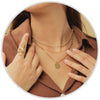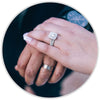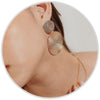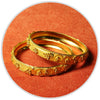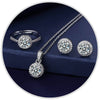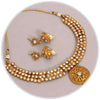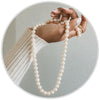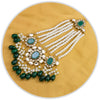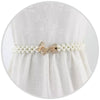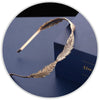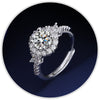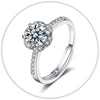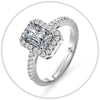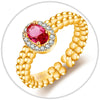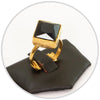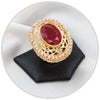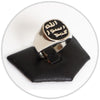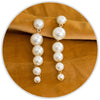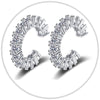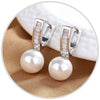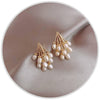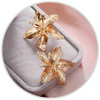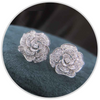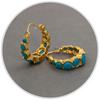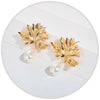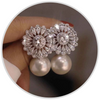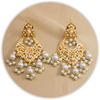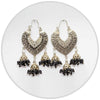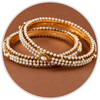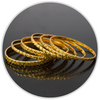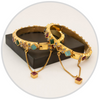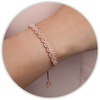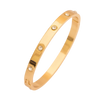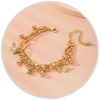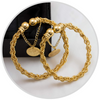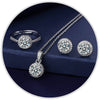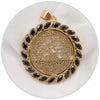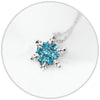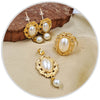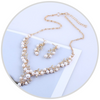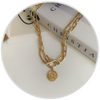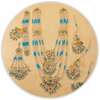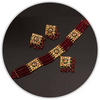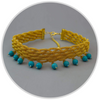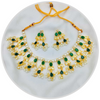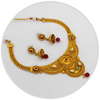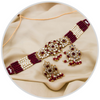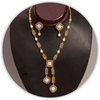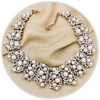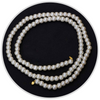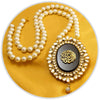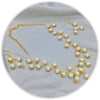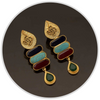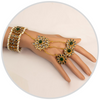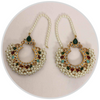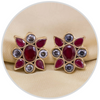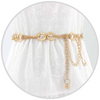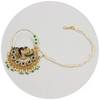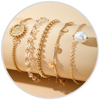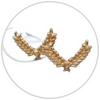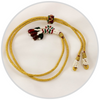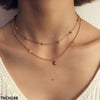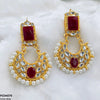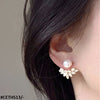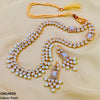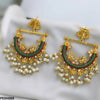The History of Pakistani jewellery: From Ancient Traditions to Modern Designs
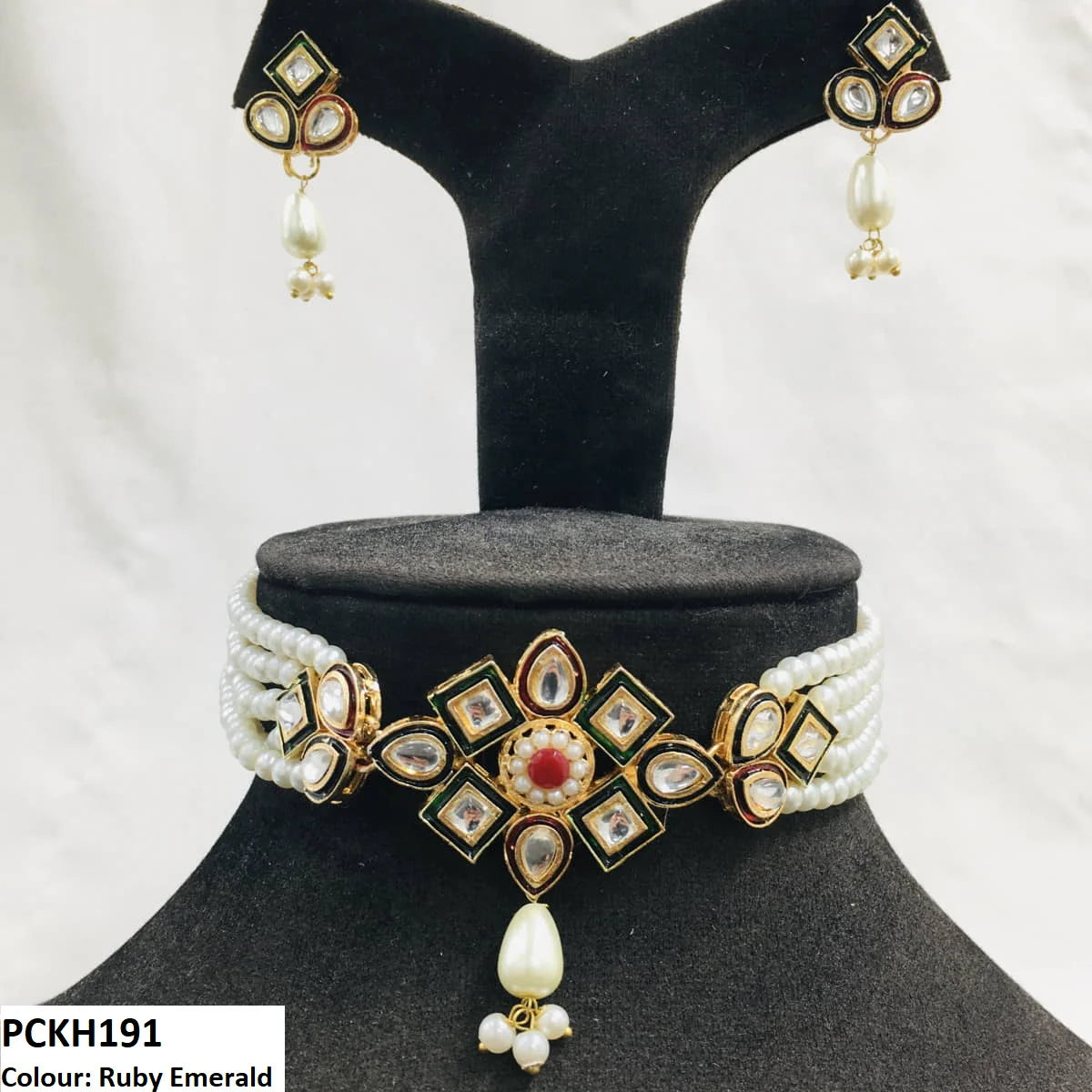
In Pakistan, jewellery is not just about fashion; it is a centuries-old custom. As someone who appreciates the intricate beauty of jewellery, I’ve always been fascinated by the rich history behind these stunning pieces. From ancient civilizations that once thrived on this land to today’s designs in our stores, Pakistani jewellery is like a culture heritage and artistry exhibition. In this blog post, I will take you through time showing how Pakistani jewellery has evolved with significant cultural influence in our society. And if you are looking for an addition to your collection with a lot of historical value think about shopping from TJ Whole Sale.
1: Indus Valley Civilization – The beginning
From as early as 2500 BCE (before common era), the people of what should become Pakistan were already skilled goldsmiths; they had developed an urban civilization known as Indus valley culture which is one among the few earliest ones recognized globally.
- a) Early Materials and Techniques
Archaeological findings from sites like Mohenjo-Daro and Harappa reveal that the ancient inhabitants of the Indus Valley had a deep appreciation for jewellery. They used techniques like filigree work, bead-making, and engraving to create intricate designs. Gold was highly valued; hence lots of ornaments such as necklaces, bangles and earrings made from this precious metal.
- b) Symbolism and Significance
jewellery in Pakistan was symbolic apart from being ornamental stuff during the period when it used to be called Indus Valley Civilization where some objects were believed to possess protective powers or to be perceived as items of wealth. This is what has continued to be done in Pakistan even today.
2: The Mughal Era – The Golden Age of jewellery.
In this period, the Mughal Empire ruled a large part of South Asia from the 16th until 19th centuries and it was a golden age for Pakistani jewellery. The Mughals were known for their love of luxury and opulence, and this was reflected in the jewellery they commissioned.
- a) Kundan and Polki Artistry
Two styles of jewellery gained prominence during the Mughal era; Kundan and Polki. In Kundan setting uncut gemstones are set in a gold frame whereas with Polki, raw diamonds are used. These techniques were perfected under the patronage of the Mughal emperors and became symbols of their grandeur. Even today in Pakistan, Kundan and Polki jewellery continue to remain highly sought after with TJ WholeSale presenting an extensive collection that embodies that rich tradition.
- b) Persian and Central Asian Influences
The jewellery designs of these rulers had influences drawn from Persia, as well as Central Asia where they came from. Floral motifs characterised by geometrical shapes and vibrant precious stones like emeralds, rubies, sapphires formed some common features of Mughal jewellery.
- The Mughal Legacy
The impact of the Mughals on Pakistani jewellery is a fact that cannot be ignored. To this day, bridal jewellery continues to incorporate Mughal inspired designs, heavy bangles and elaborative necklaces being popular with brides.
- Colonial Influence: The British Raj
The colonial period in Pakistan under British rule brought about significant changes in many aspects of life including design for ornaments. During this time, traditional styles continued to thrive while new trends and materials were introduced.
- Western Styles Arrive
Under the rule of the British Empire, western jewellery styles began to influence Pakistani designs as well. Popular among aristocrats were filigree work, lockets as well as brooches characterised by Victorian and Edwardian aesthetics. A unique fusion between these kinds of styles and traditional Pakistani elements was often created.
- Use Of Different Materials
The colonial era also witnessed adoption of other materials such as platinum besides white gold which never existed before then in Pakistan . Combined with precious stones they gave another dimension to Pakistani jewellery too . Such a blend of traditionalism and colonial influences can be seen from TJ Whole Sale’s collection.
- Bridal Jewellery Changes
In British times, bridal jewellery took a different route entirely in Pakistan. In addition to these traditional pieces brides bought some items influenced by Western fashion like tiaras or chandelier earrings.
4.Post-Independence: A Revival of Tradition
After gaining independence from Britain in 1947, there was a rekindled interest towards conventional types of jewelleries again.Through cultural pride ,an emerging nation had shown its concerns over revival instead passage off ancient method and pattern through generations .
a.Preserving Cultural Heritage
Following independence, there was a desire to safeguard Pakistani culture and traditions manifested through their jewellery at that time with resurgence in style such as Jhumkas Matha Pattis Choker etc…Artisans still employed ancient methods like Kundan and Meenakari to ensure that these skills were not lost in the annals of time.
b.Variations by Region
Each region of Pakistan has its own distinct traditions for making jewellery. For example, Pashtun people are known for their bold silver jewellery bordered with turquoise while the Sindhi people go for very intricate gold filigree work. These regional styles became prominent after independence when they were seen as symbolising cultural identity.
c.Women’s Contribution to Jewellery Design
With women empowerment in Pakistan, there arose a new breed of female designers within the jewellery sector. These designers introduced traditional designs with a modern look which appealed to contemporary Pakistani women.
5.Modern Designs: A Blend of Tradition and Innovation
In today’s Pakistan, jewellery design is an amalgamation of tradition and innovation. However much respect exists for the beauty inherent in old ways, modern jewellery makers have continued to experiment with new materials , concepts and styles thereby pushing boundaries .
a.Trends Today
Modern Pakistani jewellery marries minimalism with grandeur; hence delicate everyday adornments such as skinny bangles together with stackable rings being worn daily whereas statement pieces with bold designs are kept aside for special events. The use of colored gemstones and unconventional materials like titanium and resin has also become increasingly common.
- Ancient and New Fusion
The fusion of old and new is one of the most exciting things about modern day Pakistani jewellery. Designers are using traditional patterns as a model for their contemporary collections.For instance, a traditional Polki necklace can be worn with a stylish modern dress to create an appealing contract that acknowledges heritage as well as innovation.
- Personalization and Customization
jewellery design has recently seen a rise in the number of customers who want customized products. People want to wear jewellery items that define them. Such personalized jewellery like custom- engraved pendants or unique bridal sets makes the wearer feel more attached to their piece. At TJ Whole Sale, we offer customization services so that our product can be uniquely yours.
- Future Direction of Pakistani jewellery
Indeed, Pakistan’s jewellery will continue evolving into both new and uncharted territories where it combines tradition with modernity going forward.The reach of our designers goes beyond borders bringing on board rich cultural heritage in terms of jewellery.
a.Sustainability and Ethical Sourcing
Environmental consciousness among consumers has led to an increasing demand for sustainable and ethically sourced jewellery.This trend will impact on the future direction on Pakistani pieces given that designers are putting more emphasis on responsible sourcing and eco-friendly means of production.
b.Technology And Innovation
Technology advancement such as 3D printing has opened up completely new designs for jewelries.Compared to manual making, these equipments ensures greater accuracy allowing for innovative designs.
c.Global Influence
As Pakistani jewellery becomes internationally recognized, there will likely be more exchanges between styles from Pakistan’s own designers and those in other countries resulting from this cultural overlap.Arguably this cooperation entails fresh ideas culminating into novel innovations which respect cultures yet embracing the future.
At TJ WholeSale, we pride ourselves on being at the forefront of these trends by providing timeless classics along with state-of-the-art designs reflecting fashion trends in the ever changing world of jewellery.
Our Pakistani jewellery is a testimony to our rich cultural heritage, each piece telling a story of history, tradition and art. Our jewellery has been evolving since the civilization days in the Indus valley to the designs seen today but it still maintains its deep ties with our roots. If you love Mughal-inspired ornate or clean lines of contemporary styles, there is something for everyone in Pakistani jewellery.
In case you want to add some history or keep up with fashion trends, TJ WholeSale will come through for you. Whether you are into modernism or traditional wear we have it all that meets your desires and preferences. Why wait? Start exploring the world of Pakistani jewellery now and find the perfect item for yourself.




